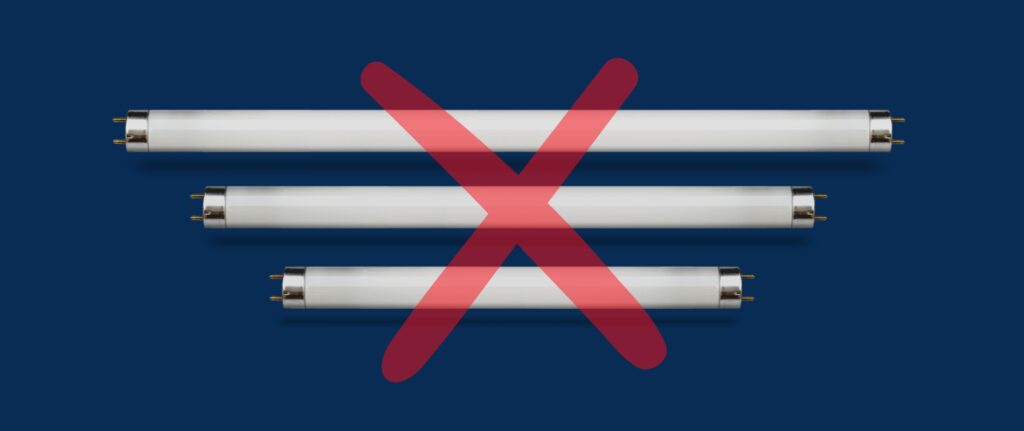The intentional use of mercury in the EU has steadily decreased over the past 15 years thanks to the adoption and implementation of a comprehensive set of EU rules limiting its use in products. In addition to these intended uses, there are unintentional emissions of mercury to air from several activities that use mercury-containing fuels or raw materials.


- More Energy Efficient: If you replaced all the bulbs in your office with LEDs, you could conservatively use 60% less power to light up your facility. That’s because the energy-saving technologies used to produce LEDs have far outpaced that of fluorescent linear tubes.
- Longer Life Expectancy: LED bulbs last two to four times longer than fluorescent lighting.
- More Cost-Effective: While you will spend more money upfront on LED bulbs, you’ll ultimately make it up in energy savings and lower long-term maintenance costs.
- Better for the Environment: Unlike linear fluorescent tubes, LED lights don’t contain any mercury. Fluorescent lights must be handled carefully because mercury is harmful to the skin and can contaminate the environment.
- Instant On: With LED bulbs, you don’t have to wait for the flickering to stop. Also, you can turn them on and off all you want – frequent clicks of the switch do not shorten an LED bulb lifespan.
